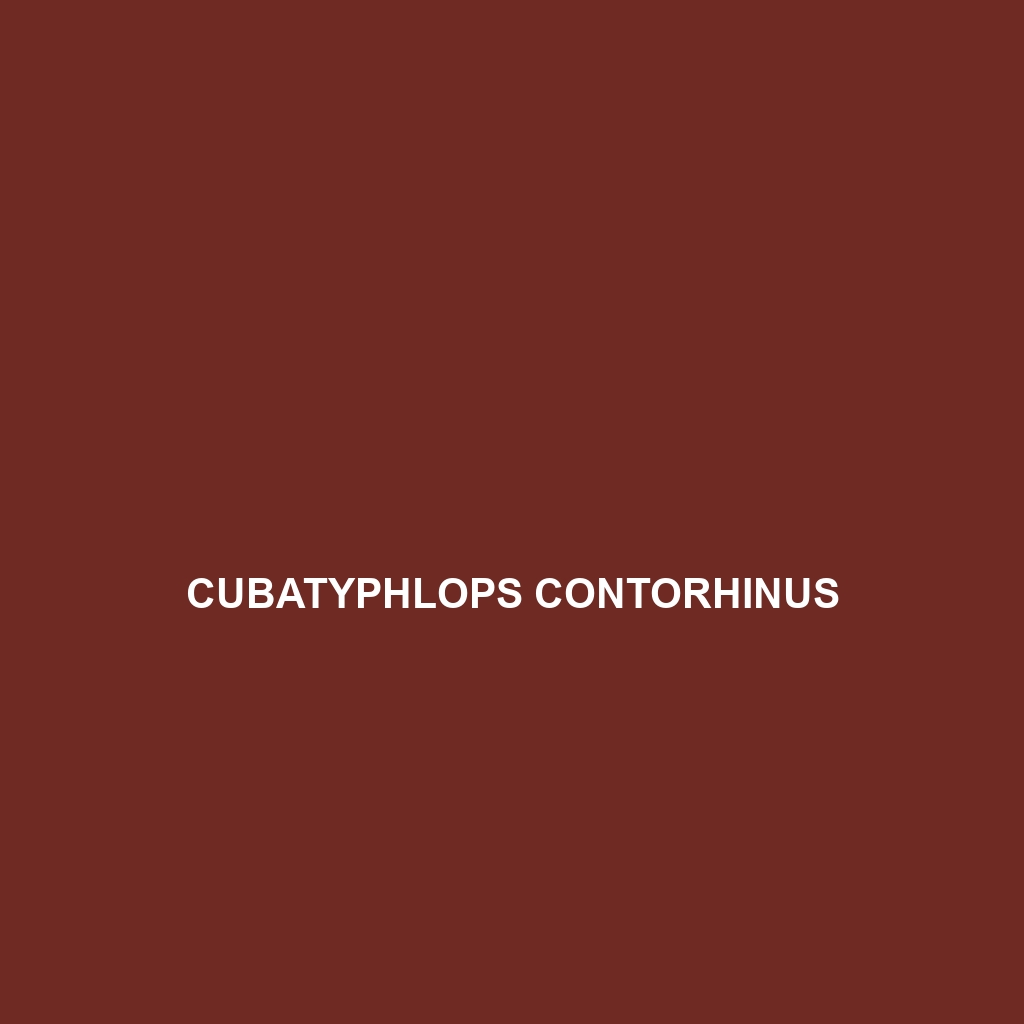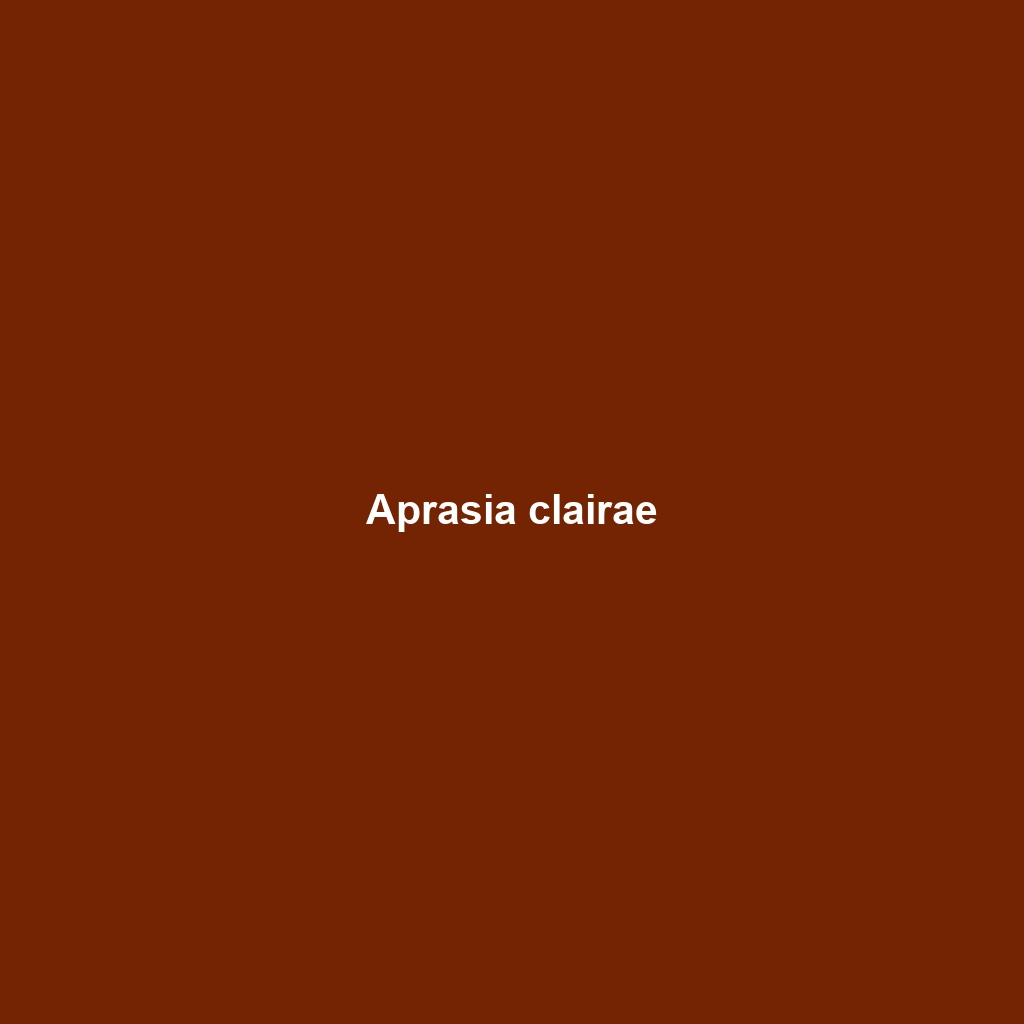<p><b>Pseudorabdion longiceps</b> is a nocturnal insectivore native to the rainforests of Southeast Asia, characterized by its elongated body, long narrow head, and mottled coloration that aids in camouflage. This species plays a vital role in the ecosystem by regulating insect populations and serving as a prey source for larger predators.</p>
Tag: small invertebrate diet
Pseudorabdion longiceps
<p><b>Pseudorabdion longiceps</b> is a nocturnal insectivore native to the rainforests of Southeast Asia, characterized by its elongated body, long narrow head, and mottled coloration that aids in camouflage. This species plays a vital role in the ecosystem by regulating insect populations and serving as a prey source for larger predators.</p>
Epictia phenops
<p><b>Epictia phenops</b>, commonly known as the common worm snake, is a slender, non-venomous snake native to Central America's humid environments, characterized by its smooth, glossy scales and nocturnal behavior. This species primarily feeds on small invertebrates like earthworms, plays a crucial role in soil health, and is adaptable to both burrowing and surface life.</p>
Cyrtodactylus thalang
fascinatingCyrtodactylus thalang, a nocturnal gecko native to Southeast Asia, thriving in diverse habitats including dry evergreen forests and limestone hills. Measuring 10-15 cm, this agile predator plays a crucial role in controlling insect populations while exhibiting remarkable camouflage and climbing abilities.
Cubatyphlops caymanensis
Discover the Cubatyphlops caymanensis, an endangered blunt-headed snake native to the Cayman Islands, thriving in humid limestone caves and feeding on small invertebrates. This nocturnal species, measuring 10 to 15 inches, showcases unique adaptations for underground life, including reduced eyesight and a heightened sense of smell.
Carlia schmeltzii
<p>The <i>Carlia schmeltzii</i>, or Schmeltz's Carlia skink, is a slender, diurnal skink measuring 10 to 15 cm, found in Queensland and New South Wales. Known for its vibrant lateral stripes and agile movements, it inhabits moist forested areas and feeds primarily on insects and small invertebrates.</p>
Calamaria palavanensis
Introducing the Calamaria palavanensis, a slender, fossorial snake native to the lush tropical forests of Palawan, Philippines. This elusive species, reaching lengths of 40 to 80 cm, thrives in moist environments, feeds on small invertebrates, and plays a critical role in soil aeration and ecosystem health.
Aprasia clairae
<p>Discover the fascinating <b>Aprasia clairae</b>, a small, fossorial reptile native to the temperate woodlands and heathlands of southern Australia. This <i>vulnerable</i> species, with its unique ability to camouflage and regenerate its tail, plays a crucial role in the ecosystem by controlling insect populations.</p>







